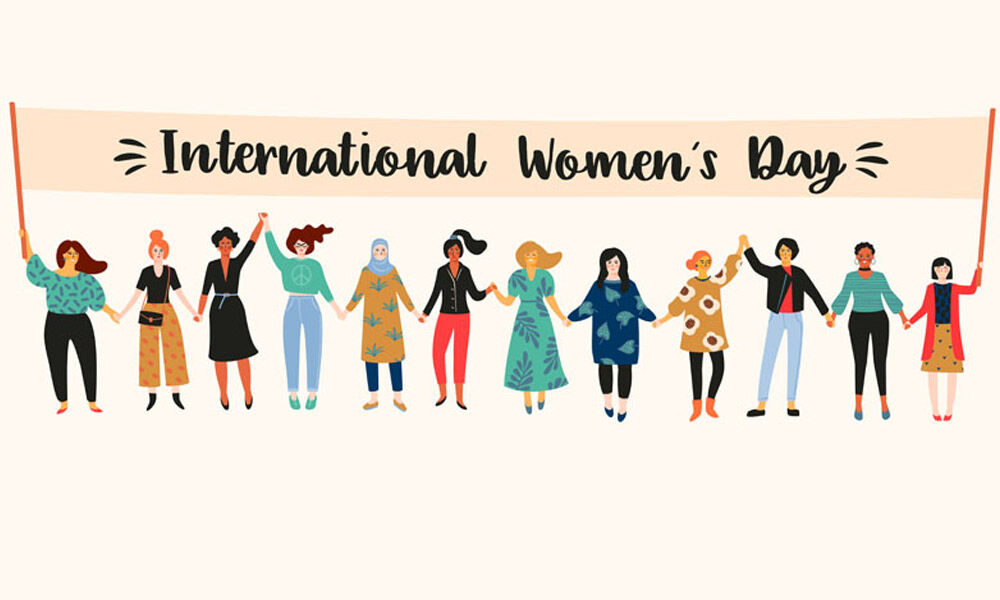INTERNATIONAL WORLD TRIBAL DAY || HISTORY
WHY
WORLD TRIBAL DAY CELEBRATED ON 9 AUGUST?
The United Nations organized a special meeting for the Tribal on 9 August 1982. Since then, World Indigenous Day is celebrated on 9 August
each year to raise awareness and protect the rights of the world’s indigenous
population on this date. The event also recognizes the achievements and contributions
that indigenous people make to better world issues such as environmental protection.
WORLD
TRIBAL DAY
Every year on 9th August, Tribal communities living in different regions all over the world organize community events. In which they collectively express happiness as a celebration of their civilizations and customs. Tribal communities are nature worshippers.
On this day, on the occasion
of happiness, all the creatures found in nature, animals, mountains, rivers,
drains, areas under the sun and moon worship everyone. Tribal communities believe
that there is life in everything in nature.
On this day, the people of the Tribal community put a
specific type of flag on their fields and houses etc.,
In which all the symbols are present and these flags can be
of all colour. Not tied to any particular colour.
WHAT
IS THE HISTORY OF WORLD TRIBAL DAY?
When in the 21st century the United Nations realized
that the tribal community was neglected, unemployment and suffering from
problems like bonded child labour. Then solve these problems, a working group
was formed in 1982 to solve the problems, implement and protect the human
rights of the Tribals. Name of this task force UN Working Group on Indigenous
Populations (UNWGIP) was placed.
The first meeting of the UNWGIP was organized by the United Nations on 9 August 1982 in the interest of Tribals. At the 11th session of the UNWGIP in 1993, the United Nations realized the stories and problems of the United Nations Aboriginal community. Subsequently, by resolution 49/214 of 23 December 1994, the United Nations decided that the International Day of the World’s Indigenous People would be observed on 9 August every year during the international decade of the World’s Tribal People.
विश्व आदिवासी दिवस 9 अगस्त को ही क्यों मनाया जाता है?
संयुक्त राष्ट्र ने 9 अगस्त 1982 को आदिवासियों के लिए एक विशेष बैठक का आयोजन किया। तब से, इस तिथि पर जागरूकता बढ़ाने और दुनिया की स्वदेशी आबादी के अधिकारों की रक्षा के लिए प्रत्येक वर्ष 9 अगस्त को विश्व स्वदेशी दिवस मनाया जाता है। यह आयोजन उन उपलब्धियों और योगदानों को भी मान्यता देता है जो स्वदेशी लोग पर्यावरण संरक्षण जैसे बेहतर विश्व मुद्दों के लिए करते हैं।
विश्व आदिवासी दिवस
हर साल 9 अगस्त को दुनिया भर के विभिन्न क्षेत्रों में रहने वाले आदिवासी समुदाय सामुदायिक कार्यक्रम आयोजित करते हैं। जिसमें वे सामूहिक रूप से अपनी सभ्यताओं और रीति-रिवाजों के उत्सव के रूप में खुशी व्यक्त करते हैं। आदिवासी समुदाय प्रकृति पूजक हैं। इस दिन सुख के अवसर पर प्रकृति में पाए जाने वाले सभी जीव-जंतु, पशु, पर्वत, नदियां, नालियां, सूर्य और चंद्रमा के नीचे के क्षेत्रों में सभी की पूजा करते हैं। आदिवासी समुदायों का मानना है कि प्रकृति में हर चीज में जीवन है।
इस दिन आदिवासी समुदाय के लोग अपने खेतों और घरों आदि पर एक खास तरह का झंडा लगाते हैं।
जिसमें सभी चिन्ह मौजूद हैं और ये झंडे सभी रंगों के हो सकते हैं। किसी विशेष रंग से बंधा नहीं है।
विश्व आदिवासी दिवस का इतिहास क्या है?
जब 21वीं सदी में संयुक्त राष्ट्र ने महसूस किया कि आदिवासी समुदाय उपेक्षित है, बेरोजगारी और बंधुआ बाल श्रम जैसी समस्याओं से पीड़ित है। फिर इन समस्याओं को हल करने के लिए, आदिवासियों के मानवाधिकारों की समस्याओं को हल करने, लागू करने और उनकी रक्षा करने के लिए 1982 में एक कार्यदल का गठन किया गया था। इस टास्क फोर्स का नाम यूएन वर्किंग ग्रुप ऑन स्वदेशी पॉपुलेशन (UNWGIP) रखा गया था।
UNWGIP की पहली बैठक संयुक्त राष्ट्र द्वारा 9 अगस्त 1982 को आदिवासियों के हित में आयोजित की गई थी। 1993 में UNWGIP के 11वें सत्र में, संयुक्त राष्ट्र ने संयुक्त राष्ट्र आदिवासी समुदाय की कहानियों और समस्याओं को महसूस किया। इसके बाद, 23 दिसंबर 1994 के संकल्प 49/214 द्वारा, संयुक्त राष्ट्र ने निर्णय लिया कि विश्व के स्वदेशी लोगों का अंतर्राष्ट्रीय दिवस हर साल 9 अगस्त को अंतर्राष्ट्रीय दिवस के दौरान मनाया जाएगा।
विश्व के जनजातीय लोगों का दशक।
आदिवासी दिवस की शुभकामनाएं



Comments
Post a Comment